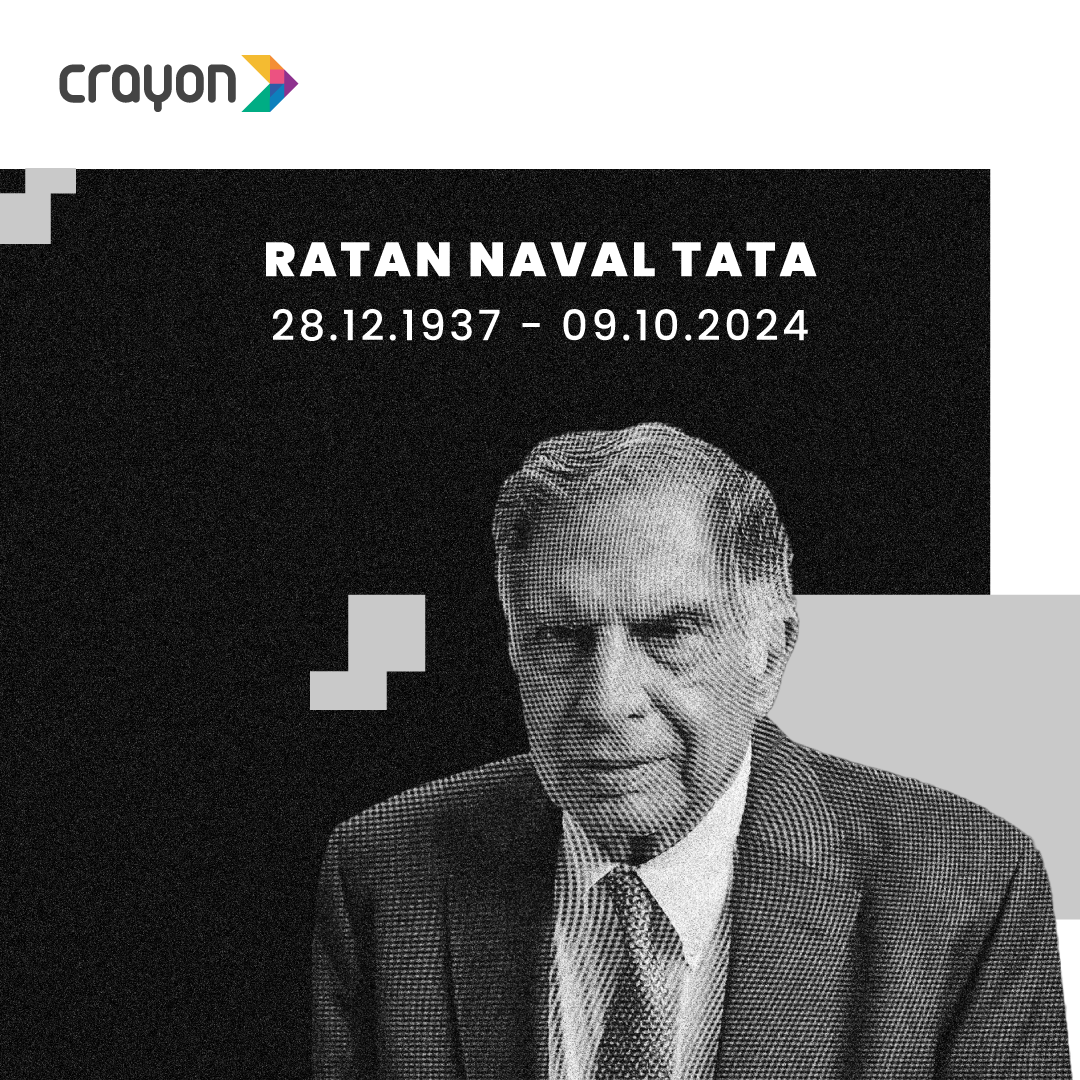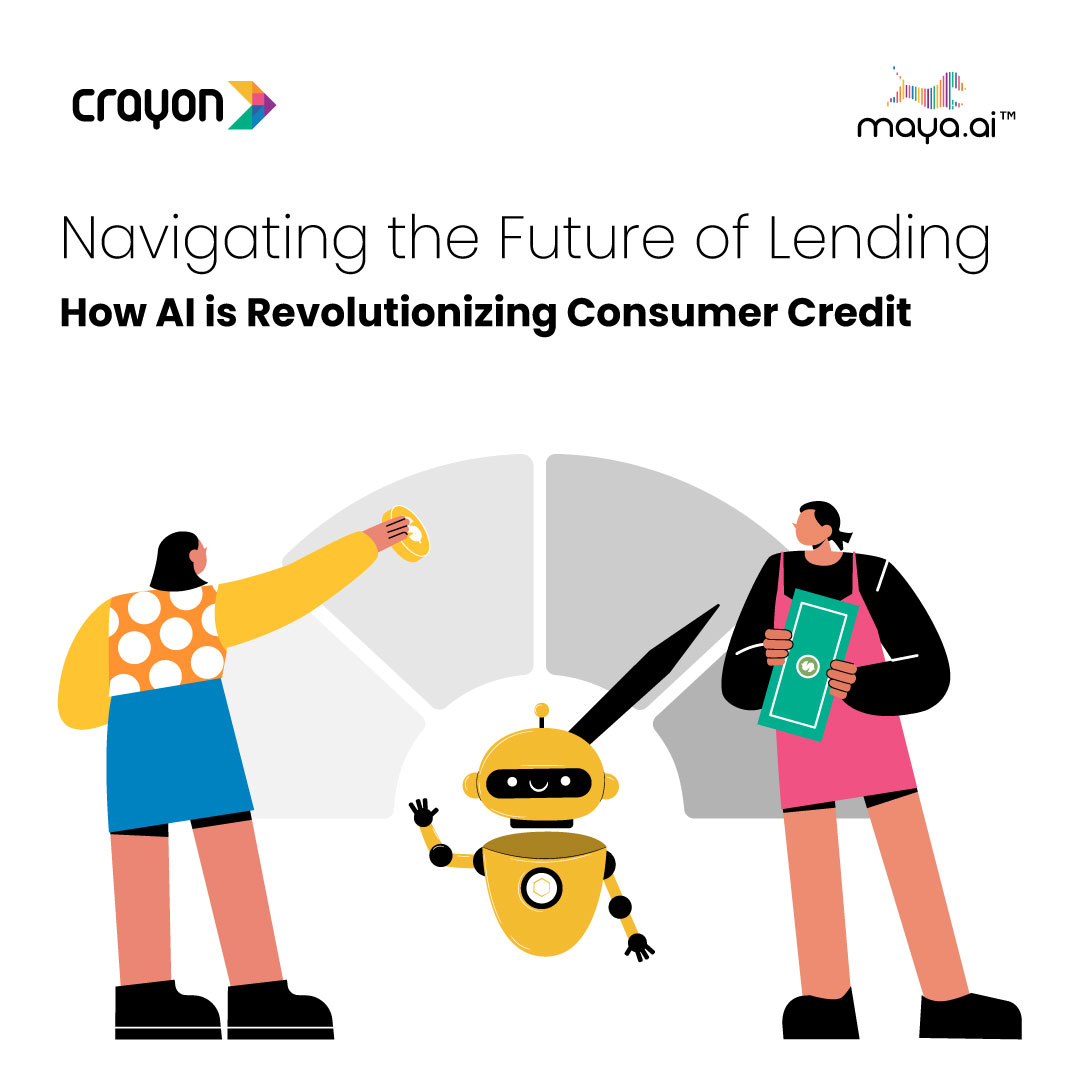In the relatively new and growing world of artificial intelligence (AI), there’s no such thing as an industry standard. Developers and programmers throughout the world continue to build and refine new AI techniques and tools on an ongoing basis, often in response to specific business needs or problems that need solving. That’s part of the reason that we’ve yet to see any real mass adoption of the major AIaaS (AI as a service) offerings from tech giants like Google and Amazon. It’s because many companies have adopted a build-to-suit approach for their AI initiatives.
Despite that fact, there is one AIaaS platform that’s been thriving in the early stages of the AI business revolution. It’s the grandfather of modern AI itself – IBM’s Watson. It’s a system that rose to fame by beating Jeopardy’s greatest champions and has gone on to power countless real-world business applications. Today, Watson AI is the closest thing there is to a general-purpose mass-market AI solution, and it’s popping up in more commercial applications than ever.
That’s a good thing for the AI market as a whole, which could use a high-profile ambassador to gain entry into hesitant global industries. To illustrate how Watson is helping drive AI adoption and expand the mainstream idea of what AI can do, here’s a look at three of its most interesting use cases to date.
Auto-selection of sports highlights
Sporting events are an activity that’s quintessentially human. We thrill to seeing athletes compete in a variety of sports, feeding on their emotions and adding our own into the mix. At first glance, sports seem like the kind of thing that AI wouldn’t understand or excel at. In recent years, however, Watson has been proving that bit of conventional wisdom wrong. At this year’s Wimbledon tennis tournament, a Watson-powered system was used to automatically sort through video footage of the matches, to create highlight reels of the best action.
What’s most interesting, however, isn’t what Watson was doing, but how it was doing it. The highlight selections were based on a complex analysis of player emotions (via movement and expression analysis), crowd noise, and statistical data. In other words, Watson was able to judge the importance of a clip based on how exciting it was, not just on if it showed a match-winning point. All in all, it was a pretty human task that Watson handled with relative ease.
Powering cognitive advertising
In our present oversaturated media environment, it’s getting harder and harder for businesses to reach consumers with advertising messages. Many have turned to market personalization solutions as a means of cutting through the surrounding noise to get through to their target audiences. But personalizing advertising has remained challenging. IBM’s Watson Advertising division is aiming to change that by providing businesses with the technology to create interactive brand messaging solutions.
One recent example was a GlaxoSmithKline-sponsored cold and flu tracker that showed a real-time heat map of sickness outbreak activity. It provided accurate information to consumers and even provided them with hyper-local referrals to retail outlets that carry Theraflu-branded products. It represented an advertising approach that was useful, informative, and always up-to-date, proving that AI may yet have the power to drive advertising that the average consumer will actually want to see.
Providing expertise to consumers
If there’s one thing that AI is good at, it’s data analysis – especially when the available data is rich, plentiful, and specific. That particular skill has been used to great effect in back-end business processes but has yet to break through onto the consumer side of the equation. The reason for that is the fact that there aren’t too many businesses that have been keen to share data with consumers, preferring instead to use proprietary systems that maintain the split between in-the-know insiders and the consumers they serve.
Now, Watson may be helping to change that in one very high-end and high-profile industry. It’s being used to power Rosi, a first-of-its-kind online diamond expert that promises to shift the balance of power towards consumers in an industry long dominated by insiders. Diamond shoppers can use it to find the stone that best fits their needs, with no marketing doublespeak or sales bias.
The system trained alongside top human gemologists until it could return picks that exceeded those of its human competitors, based on over 30 evaluation characteristics. In a business long-known for an opaque sales process, Watson-powered Rosi could turn out to be the ultimate way to level the playing field for consumers.
AI is everywhere
These are only a few examples of the ways that IBM’s Watson AI is bringing the power of AI technology to applications of all kinds in industries of every type. While there may be more groundbreaking work in the field, it is Watson that continues to perform the necessary task of introducing AI into businesses that may not have otherwise adopted it. For the AI industry as a whole, that’s excellent news, since mainstream adoption holds the key to fueling the research and development that will be necessary to create the next AI breakthrough.
In the end, with AI advancing at an astounding rate, there’s a good chance that Watson will end up as something of a historical footnote in the long term. For now, however, it remains the most well-known and widely used AI platform of the day – and a key part of the coming AI revolution and that deserves some applause and respect from the industry it has helped to create and nurture.




